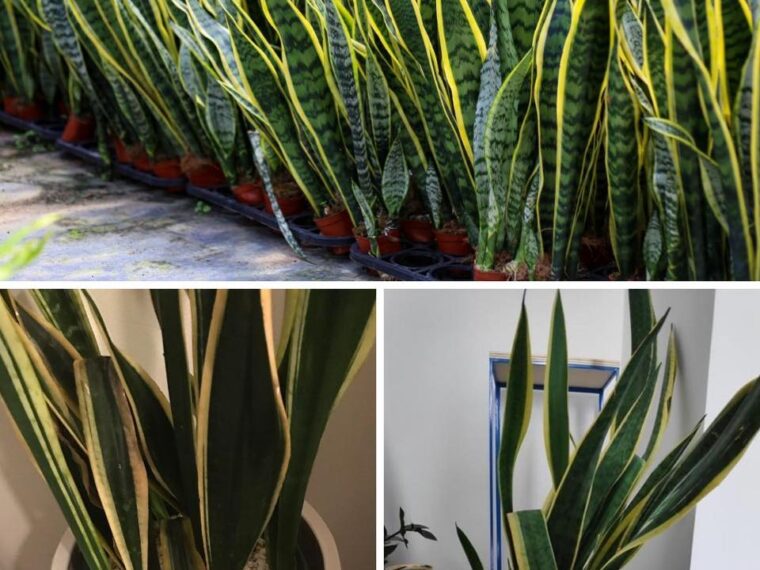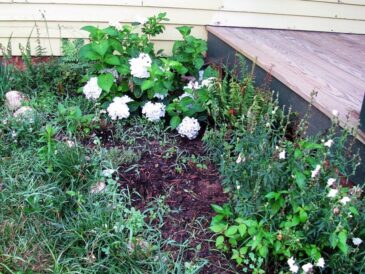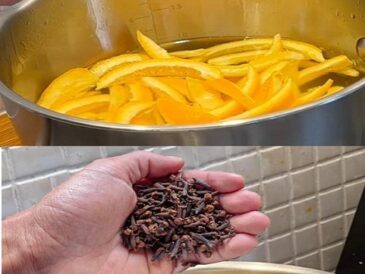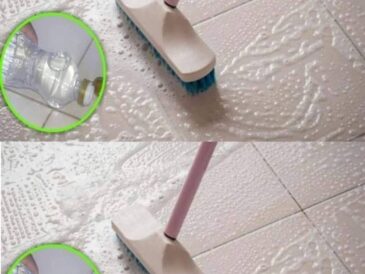3.Check Drainage:
If your pot lacks drainage holes, consider repotting your snake plant into a container with adequate drainage. Ensure the new pot is only slightly larger than the root ball.
4.Root-Bound Plants:
If your snake plant is root-bound, consider repotting it into a slightly larger container. Gently loosen the roots when transplanting to encourage new growth.
5.Inspect for Pests and Diseases:
Regularly examine your snake plant for signs of pests or diseases. If you detect any issues, take appropriate measures for treatment. Isolate the affected plant to prevent the spread of infestations or infections.
6.Trim Damaged Leaves:
If some leaves are irreversibly damaged, carefully trim them away to encourage new growth.
7.Fertilize Sparingly:
Apply a balanced, water-soluble fertilizer sparingly during the growing season (spring and summer). Avoid over-fertilization, as this can harm the plant.
8.Patience:
It’s essential to be patient. Reviving a drooping snake plant takes time. With consistent care, you can expect to see improvements over a few weeks to months.
A drooping snake plant is a sign that your beloved houseplant needs attention and care. By identifying the root cause of the issue and taking appropriate measures, you can successfully rejuvenate your snake plant.
Remember that patience and a consistent care routine are essential in nursing your snake plant back to its vibrant, upright self.
With the right care and attention, your snake plant will once again grace your space with its signature elegance and air-purifying qualities.




